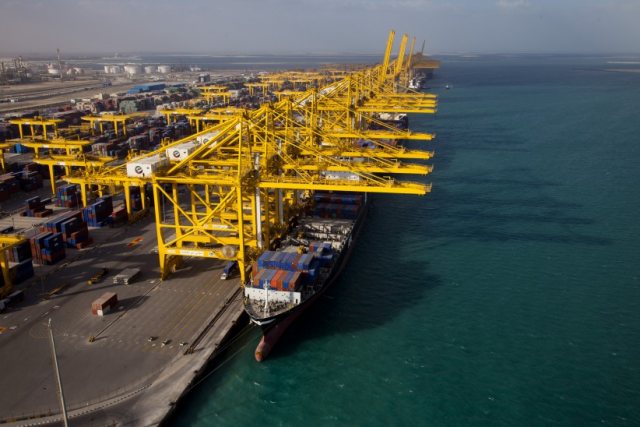When Carmanah pioneered the first self-contained solar LED marine lantern in 1996, it began a wave of solar solutions for marine applications. From coast guards, to navies, to port author ities to mar inas, Carmanah’s solar technology has proven its place in one of the most demanding environments on earth.
Building on this field-proven performance and timetested reliability, Carmanah is once again setting the standard and pushing solar into the next realm. With higher efficiency components and improved energy management, the company’s new M650 solar LED mar ine lantern offers reliability, performance and sophistication delivered in a versatile and costeffective form-factor.
